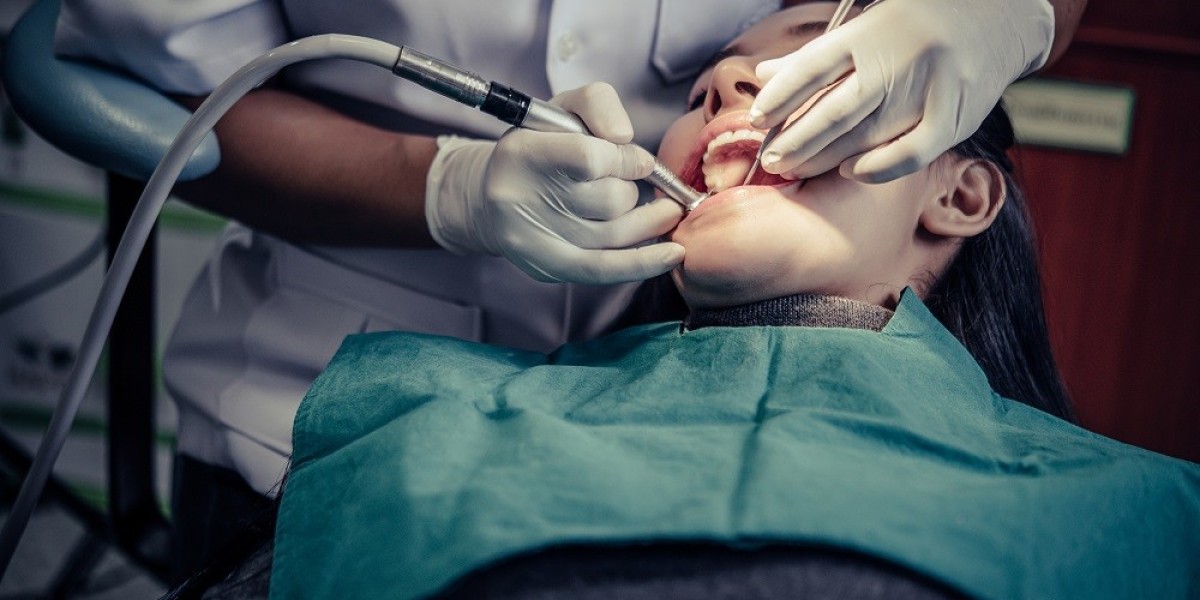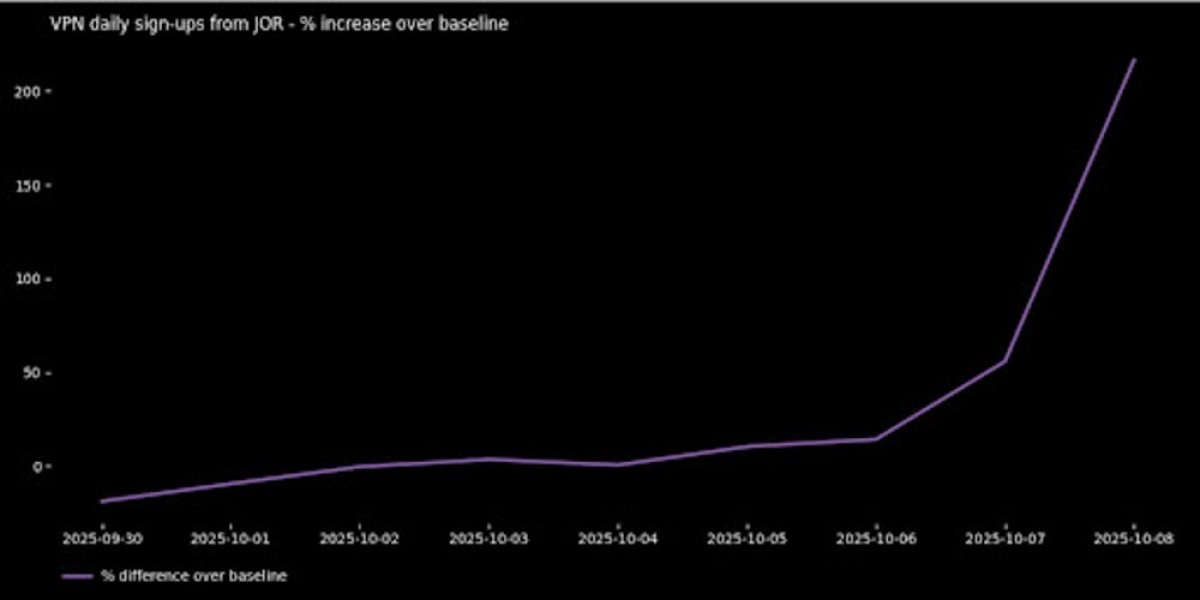Tooth extractions are one of the most common dental procedures, but what follows afterward—the healing tooth extraction process—is just as important as the procedure itself. Healing takes time, but with proper care, you can significantly speed up recovery and prevent complications.
In this detailed guide, you’ll learn proven strategies to speed up healing after tooth extraction, the stages of recovery, foods to eat, what to avoid, and when to contact your dentist.
Why Healing After Tooth Extraction Matters
After a tooth is removed, the body immediately starts the natural healing process. The socket (the hole left behind) needs time to rebuild tissue and bone. Proper healing tooth extraction ensures:
Reduced pain and swelling
Prevention of infection and dry socket
Faster return to normal eating and talking
Protection of the surrounding teeth and gums
Neglecting proper aftercare can delay healing and cause complications that require additional dental treatment.
Stages of Healing After Tooth Extraction
Understanding the recovery timeline helps you take the right steps at the right time:
1. First 24 Hours – Blood Clot Formation
A blood clot forms in the empty socket to protect bone and nerves. This is the foundation for new tissue growth.
Do not disturb the clot. Avoid sucking through a straw, spitting, or touching the area.
Apply gentle pressure with gauze to control bleeding.
Use an ice pack to minimize swelling (10–20 minutes at a time).
2. Days 2–3 – Swelling and Inflammation
Inflammation peaks during this period as your body begins the repair process.
Mild swelling, stiffness, and soreness are normal.
Rest and avoid strenuous activities.
Continue using cold compresses and take prescribed painkillers if needed.
3. Days 4–7 – Tissue Regeneration
Gums start to heal, and new tissue begins to cover the socket.
Discomfort decreases noticeably.
You can gently rinse with warm salt water after meals to clean the area.
Stick to soft foods and maintain good hydration.
4. Weeks 2–4 – Gum Healing and Bone Growth
The gum tissue closes over the extraction site, while bone continues to heal underneath.
Resume normal activities and diet gradually.
Keep the area clean with gentle brushing and rinsing.
Avoid smoking or alcohol, as they can delay bone healing.
How Long Does It Take to Heal After Tooth Extraction?
Healing time depends on the complexity of the extraction and your overall health:
Simple extraction: 1–2 weeks
Surgical or impacted extraction: 3–4 weeks
Full bone regeneration: Up to 3 months
However, by following proper care techniques, you can speed up healing after tooth extraction and feel normal much sooner.
Proven Tips to Speed Up Healing After Tooth Extraction
1. Protect the Blood Clot
The blood clot acts as a natural bandage for the socket. Losing it can lead to dry socket, a painful condition that delays healing.
Don’t rinse, spit, or use a straw for the first 24 hours.
Avoid smoking or vaping.
Eat carefully to prevent food from lodging in the socket.
2. Apply Cold Compress
Swelling peaks within the first 48 hours. Applying an ice pack helps reduce inflammation and pain.
Apply for 15–20 minutes on and off.
Switch to warm compresses after 48 hours to promote blood flow.
3. Get Plenty of Rest
Resting allows your body to focus energy on healing.
Avoid exercise and heavy lifting for the first few days.
Keep your head elevated when lying down to reduce swelling.
4. Maintain Oral Hygiene
Cleanliness is key to faster healing tooth extraction.
Brush gently, avoiding the extraction site.
After 24 hours, rinse with warm salt water several times daily.
Avoid commercial mouthwash for the first few days as it may irritate tissue.
5. Eat Soft, Nutritious Foods
A healthy diet provides nutrients that promote tissue repair and immune response.
Eat:
Yogurt, smoothies, and soups
Scrambled eggs and mashed potatoes
Avocados, oatmeal, and applesauce
Avoid:
Hard or crunchy foods (chips, nuts, popcorn)
Spicy or acidic foods
Alcoholic and carbonated beverages
Nutrition Tips to Support Fast Recovery
Healing is faster when your body gets essential vitamins and minerals.
✅ Foods to Boost Healing:
Vitamin C: Oranges, strawberries, bell peppers — promotes collagen formation.
Zinc: Pumpkin seeds, lentils, and beef — aids tissue regeneration.
Protein: Eggs, yogurt, and soft tofu — strengthens tissue repair.
Calcium: Milk and cheese — supports bone recovery.
Iron: Leafy greens and fortified cereals — improves oxygen supply for faster healing.
Drink plenty of water to flush out toxins and keep tissues hydrated.
Habits to Avoid During Healing
Certain habits can delay recovery or lead to painful complications. Avoid the following for at least a week:
1. Smoking or Vaping
Nicotine restricts blood flow, which delays healing tooth extraction and increases dry socket risk.
2. Drinking Alcohol
Alcohol can interact with pain medications and irritate the gum tissue. It also slows healing.
3. Using a Straw
The suction can dislodge the blood clot, exposing nerves and bone.
4. Overexertion
Strenuous activity raises blood pressure, which can cause renewed bleeding.
5. Skipping Oral Hygiene
Neglecting oral care increases infection risk. Gentle rinsing and brushing are essential.
Managing Pain and Swelling
It’s normal to experience some discomfort after an extraction. Managing it properly ensures a smoother recovery.
Pain Relief Tips:
Take prescribed or over-the-counter painkillers as directed.
Use ice packs for swelling.
Avoid lying flat—keep your head elevated.
Use warm saltwater rinses after the first day to reduce bacteria.
If pain worsens after three days or you experience a foul smell or taste, it could be a sign of dry socket—contact your dentist immediately.
How to Clean the Extraction Site
Proper cleaning prevents infection and helps speed up healing after tooth extraction.
After 24 hours:
Mix ½ teaspoon of salt in a glass of warm water.
Rinse gently after meals—do not swish forcefully.
Use a soft-bristled toothbrush and avoid the extraction site.
Continue this routine for at least a week.
Importance of Staying Hydrated
Dehydration slows the healing process and increases discomfort.
Drink at least 8–10 glasses of water daily.
Avoid caffeine or sugary drinks that can irritate the gums.
Sip water slowly instead of gulping to avoid pressure changes in the mouth.
When to Visit the Dentist
Even with proper care, complications can sometimes arise. Call your dentist if you notice:
Persistent pain beyond 3–4 days
Fever, pus, or bad odor from the mouth
Heavy bleeding after the first day
Numbness or swelling that worsens
Difficulty opening your mouth
Early intervention can prevent severe infections and promote healthy recovery.
Natural Remedies to Support Healing
If you prefer natural methods, certain remedies can enhance recovery safely when used alongside professional care.
Saltwater Rinse: Keeps the mouth clean and bacteria-free.
Clove Oil: Contains eugenol, which helps relieve pain and fight infection (use diluted).
Turmeric Paste: Has natural anti-inflammatory properties—apply gently around the affected area.
Aloe Vera Gel: Soothes irritated gums and supports tissue healing.
Always consult your dentist before using any home remedies to ensure they’re safe for your specific condition.
The Role of Oral Hygiene in Faster Healing
Consistent oral care after extraction prevents infection and supports gum regeneration.
Routine to Follow:
Brush twice daily with a soft-bristled brush.
Floss carefully to avoid disturbing the clot.
Use an antiseptic rinse once the initial healing phase is over.
Keep your tongue away from the extraction site.
Additional Recovery Tips
Sleep Well: Your body heals best during rest.
Avoid Touching the Site: Don’t probe the area with your tongue or fingers.
Use a Humidifier: Moist air helps prevent dry mouth, which can slow recovery.
Follow Prescriptions: Take all medications as instructed, including antibiotics if prescribed.
Key Takeaways
Healing tooth extraction takes time, but good aftercare can accelerate the process.
Protect the blood clot, avoid harmful habits, and maintain oral hygiene.
Eat soft, nutrient-rich foods and stay hydrated.
Rest, manage pain carefully, and contact your dentist if complications arise.
With proper care, most people recover fully within 1–2 weeks.
FAQs About Speeding Up Tooth Extraction Healing
1. How can I make my extraction site heal faster?
Follow your dentist’s aftercare instructions, rest adequately, eat soft foods, and avoid smoking or alcohol.
2. Can I brush my teeth after a tooth extraction?
Yes, but avoid brushing the extraction site for 24 hours. Use a soft-bristled brush.
3. What foods should I eat after extraction?
Soft foods like yogurt, mashed potatoes, soups, and smoothies are best. Avoid hard or spicy foods.
4. How do I know if my extraction site is infected?
Signs include pus, bad smell, persistent swelling, or increasing pain after a few days.
5. When can I resume normal activities?
Most people can return to routine work after 2–3 days, but strenuous activity should be avoided for a week.
Conclusion
Speeding up healing tooth extraction is about following the right aftercare, protecting the extraction site, and maintaining excellent oral hygiene. By avoiding harmful habits, eating nutritious foods, staying hydrated, and resting adequately, you can recover faster and minimize discomfort.
A well-managed recovery not only promotes faster healing but also ensures long-term oral health and comfort.
you’ll be back to full oral health in no time—free from discomfort and ready to smile confidently again.


